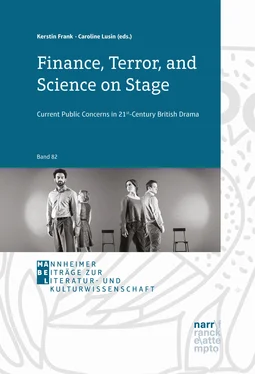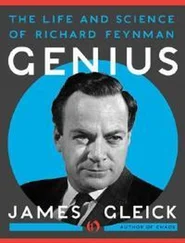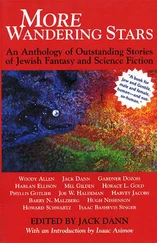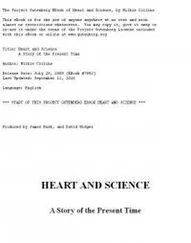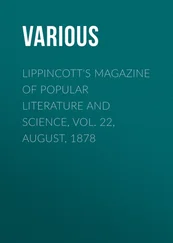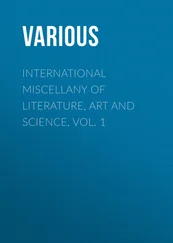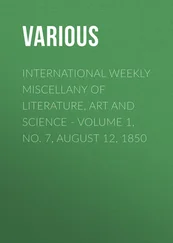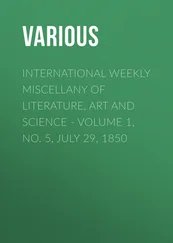The actual austerity policies as well as the power structures which this concept supported entailed an intensifying sense of alienation among those who felt (and often were) excluded in Britain (cf. Clement 121). Large-scale protests first flared up in November and December 2010 with the National Campaign against Fees and Cuts, as students unsuccessfully tried to oppose the increase in the maximum tuition fees implemented by the coalition government. However, as the rhetoric of the Conservative government built on the 1990s underclass debates (cf. Atkinson/Roberts/Savage 10), prominently establishing metaphors of breakdown as a way of referring to sections of society which were perceived as problematic (cf. McKenzie 9–11), even more violent opposition made itself felt in inner-city areas. The widespread anger caused by the web of austerity measures and by discursive exclusion erupted most notably in the riots of August 2011 (cf. Clement 118–20). Initially triggered by the shooting of Mark Duggan in Tottenham and the perceived reluctance of the police to provide information, rioting and looting spread to further parts of London and to other cities between 6 and 9 August 2011. Far beyond their factual consequences, these events deepened the general ‘unease’ highlighted in Michael Billington’s review of 13 , “a sensation that we are sleepwalking into some kind of disaster”. In October 2011 the sense that something needed to be changed then crystallised in the Occupy movement. The ‘Occupy London’ protests were sparked off by ‘Occupy Wall Street’ in the US and led to the setting up of a camp next to St. Paul’s Cathedral on 15 October, as protesters were prevented from camping outside the London Stock Exchange. Further camps followed in different parts of London, with the last site being cleared in June 2012, while the camp at St. Paul’s Cathedral had already been closed down in February 2012. Again, the significance of these events as both an expression of and a contribution to a deep sense of unease went far beyond their actual scope and duration.
Apart from austerity and the policies related to it, the widespread dissatisfaction with established political institutions and procedures was also connected with a fundamental discursive shift that predated the 2010 coalition government by some 15 years. From his party leadership in 1994 and especially from the 1997 election campaign onwards, Tony Blair and his ‘New’ Labour Party had continuously moved political rhetoric away from the discussion of real issues and from any structured, argumentative approach. Instead, the focus was on a fairly limited set of isolated keywords which constantly recurred in speeches in ever-varying combinations and absorbed the listeners’ attention (cf. Fairclough 17–9, 40f., 58–60). This effect of veiling any potential political content by an impenetrable discursive web was supported by the destruction of syntactic complexity through ellipses and the overwhelming predominance of paratactic constructions (cf. ibid. 28). Moreover, the striking combination of terms which would traditionally have been associated with Labour (like ‘community’ or ‘together’) with others which had pronounced Conservative connotations (for instance ‘choice’, ‘strength’, and ‘Britain’/‘the nation’) most effectively contributed to evacuating any remaining meaning from these words.
This rhetoric became more and more widespread in Britain throughout the first decade of the 21 stcentury, influencing the discourse not only of the Labour Party but increasingly of the Conservatives as well. Thus, it does not come as a surprise that Cameron as the new Prime Minister used the same discourse as his predecessors, also suspending structure and logical cohesion in his speeches by prioritising very small syntactic units which are apparently randomly strung together. He also employed extremely simplified vocabulary and often reproduced typical Blairite keywords. This is for instance demonstrated by the added italics in the following excerpt from Cameron’s 2010 “Big Society Speech”, where he juggles especially with Blair’s well-established semantic fields of ‘newness’ and ‘community’:
You can call it liberalism. You can call it empowerment. You can call it freedom. You can call it responsibility. I call it the Big Society.
The Big Society is about a huge culture change … […]
It’s time for something different, something bold – something that doesn’t just pour money down the throat of wasteful, top-down government schemes.
The Big Society is that something different and bold.
It’s about saying if we want real change for the long-term, we need people to come together and work together – because we’re all in this together . (Cameron, my emphases)
If anything, the sense that real problems like deprivation and growing social unrest were not addressed by politicians but instead hidden by a smokescreen of rhetoric thus intensified at the beginning of the 21 stcentury, and the change of government did not seem to help at all, on the contrary. On the whole, it was thus a rather fraught situation to which Bartlett’s play responded in October 2011 – premiering literally just a few days after the beginning of Occupy London and staging events which evince striking similarities with actual reality (cf. Megson 53–4).
2. 13 as a Response to the Social and Political Context
After Earthquakes in London of August 2010 and Love, Love, Love of October 2010, 13 is another large-scale drama by Mike Bartlett, with which he even made it to the National Theatre’s Olivier theatre. Bartlett (born in 1980) had only had his professional debut in 2007, with My Child at the Royal Court Theatre. Accordingly, the negative review of 13 in the Express stressed critically that he was “the youngest writer in 10 years to have work commissioned for the National’s main […] auditorium” (Edge).
After growing up in Abingdon and studying at Leeds University, where he already gained a lot of practical theatrical experience, Bartlett participated in the Royal Court Young Writers’ Group under Simon Stephens and was a member of The Apathists. This ironically named group (cf. Bartlett in Hoby) ran for a year from March 2006 to March 2007 and was committed to producing short pieces of new writing for the Battersea Theatre 503 (cf. Haydon 60). In 2007, he was Pearson Playwright-in-Residence at the Royal Court Theatre and in 2011 Writer-in-Residence at the National Theatre. Bartlett’s plays for theatre, radio, and television have won a number of awards, including the Olivier Awards for Outstanding Achievement in an Affiliate Theatre for his 2009 Royal Court play Cock and for Best New Play for King Charles III , which was first performed at the Almeida Theatre in April 2014 and then went on to a successful West End run. The topics of his works vary from personal relationships to climate change or surveillance and media criticism in Game of 2015, which returned to a smaller scale again. Generally, Bartlett’s plays tend to contain some kind of challenge to the spectators, often inciting them to question seemingly ingrained certainties or – as Deborah Bowman has put it – “to consider the nature of allegiance”.
In 13 , this probing and the desire to activate the audience prominently involve the nature of political power and the means of influencing the attitudes of the population. The play was first performed at the National Theatre on 18 October 2011 and had rather mixed reviews. While in The Guardian , for instance, Michael Billington on the whole approved of the “powerful, disturbing play” (“Review”), in which the author “pinned down, in a way few dramatists recently have, the unease that is currently in the air” (ibid.), Charles Spencer of The Telegraph talked about a “credibility-straining play [which] adds up to less than the sum of its parts”. Moreover, Bartlett’s work has been given very different and even diametrically opposed interpretations, which may of course be connected to the critics’ diverse ratings. From a certain time distance, the play and the interpretative controversies surrounding it can be seen as highly representative both of its social and political context and of the theatrical situation in the early 2010s.
Читать дальше
